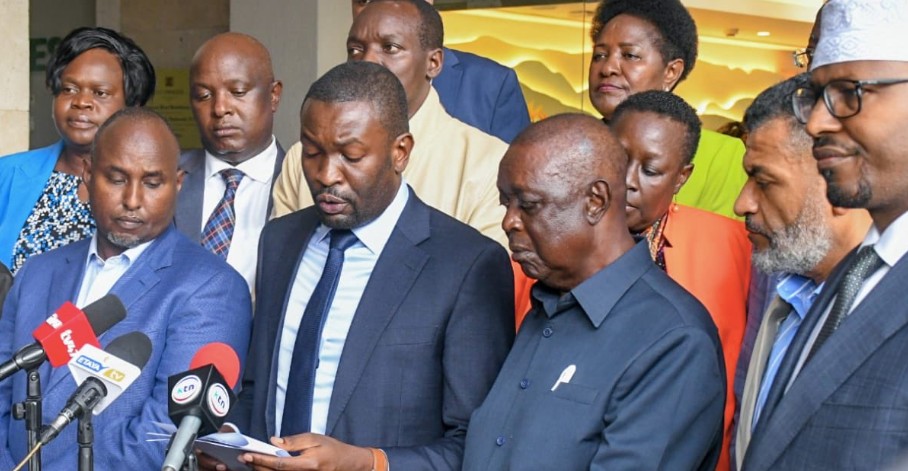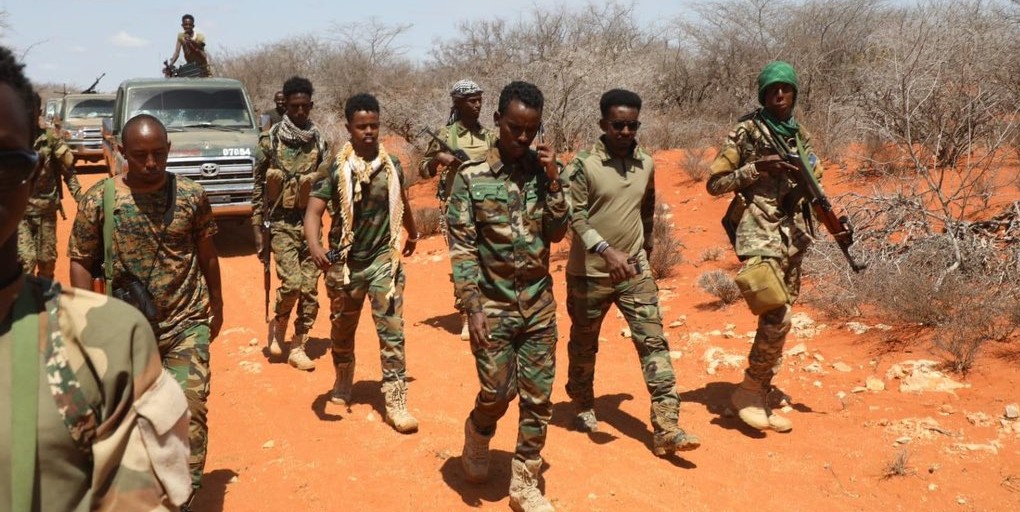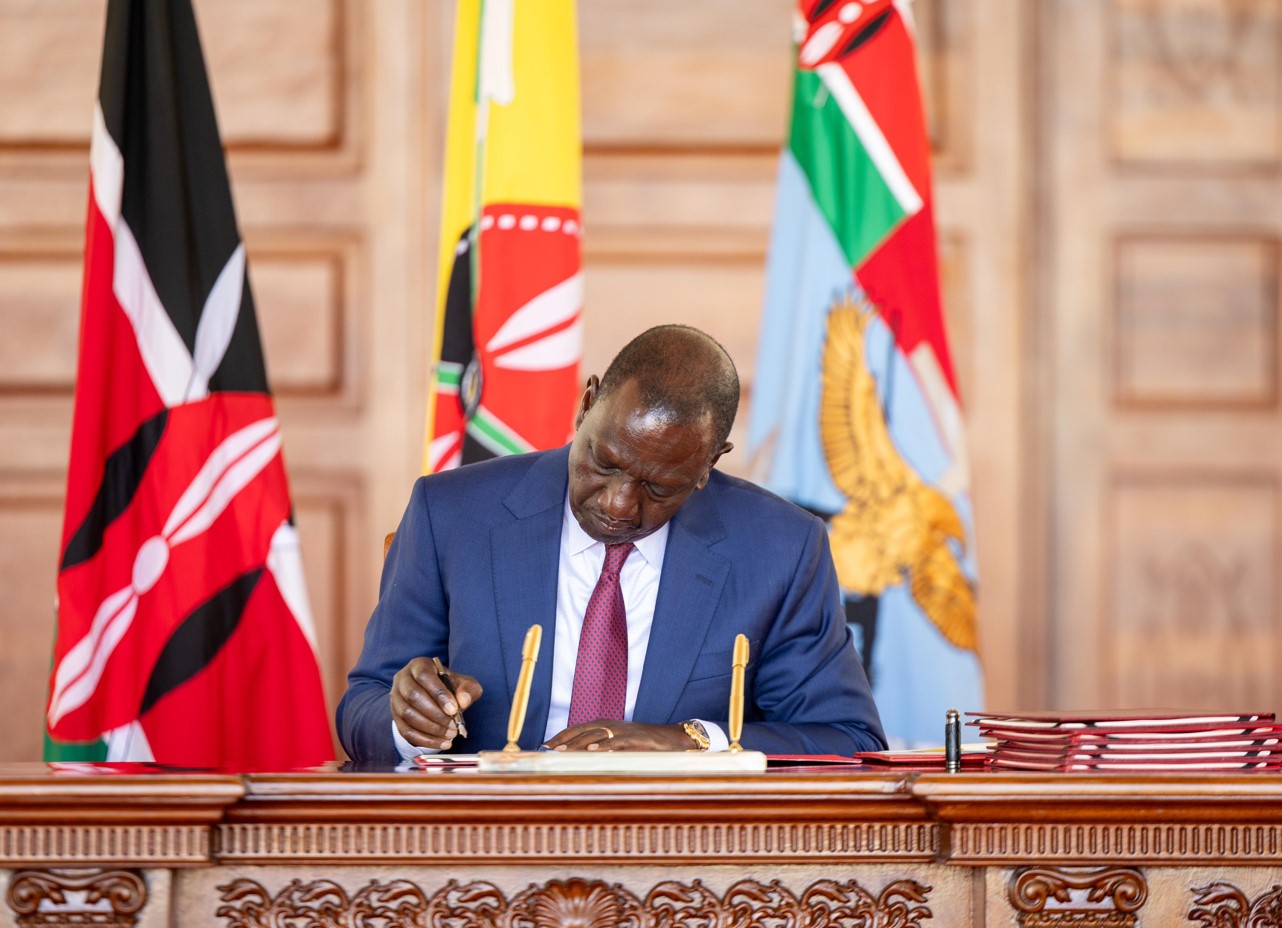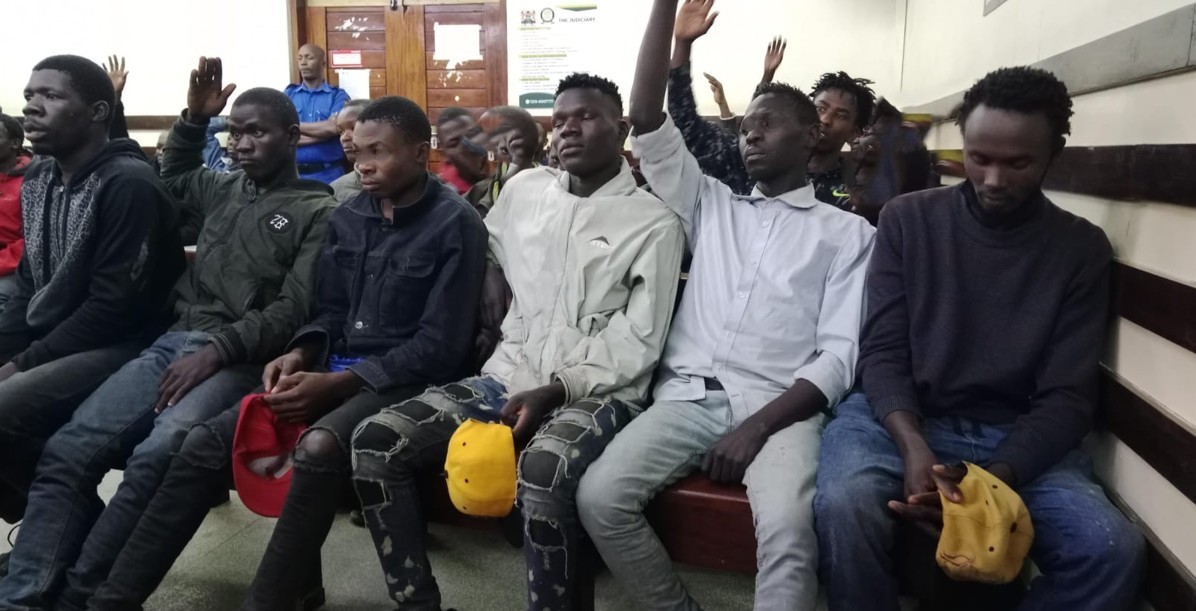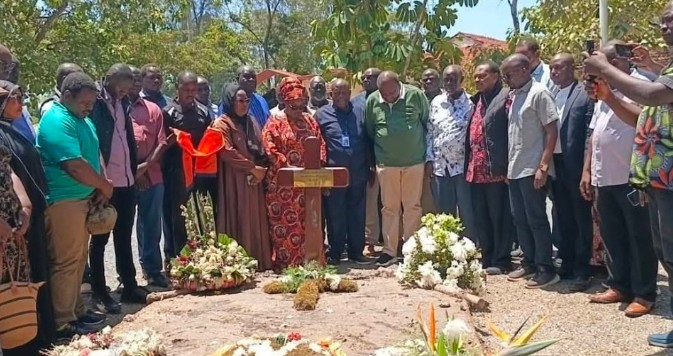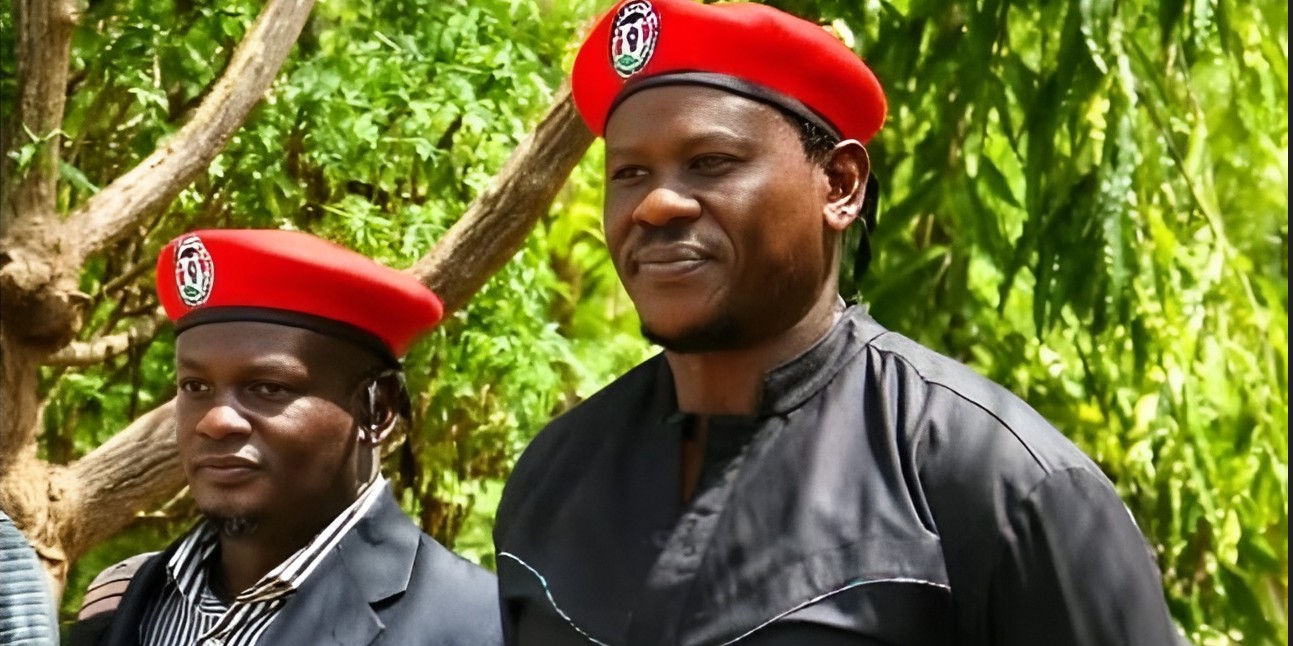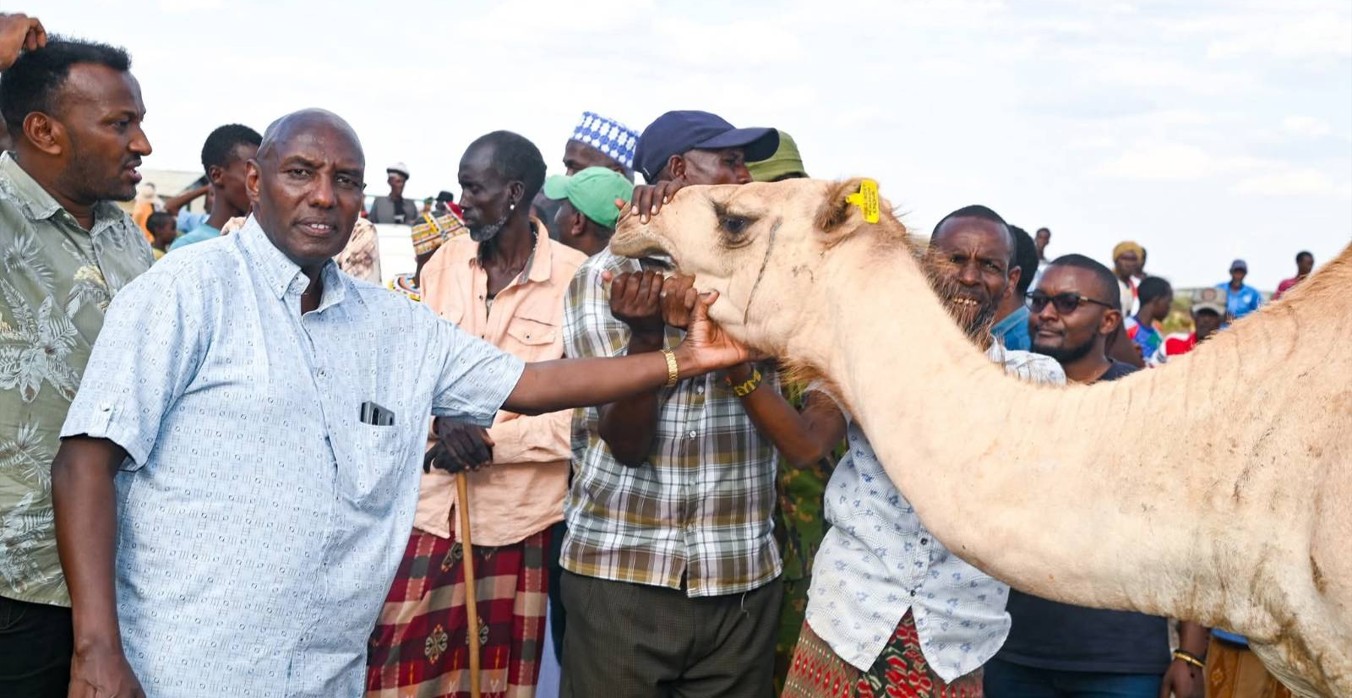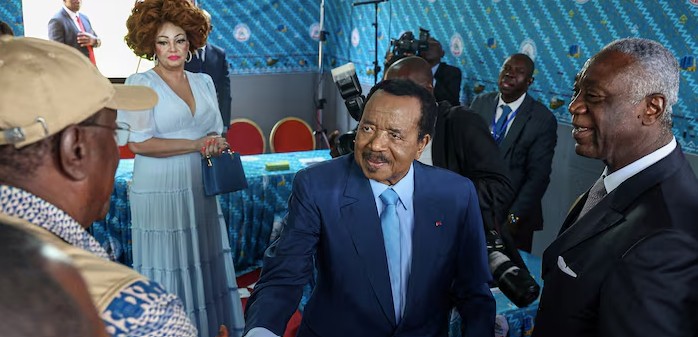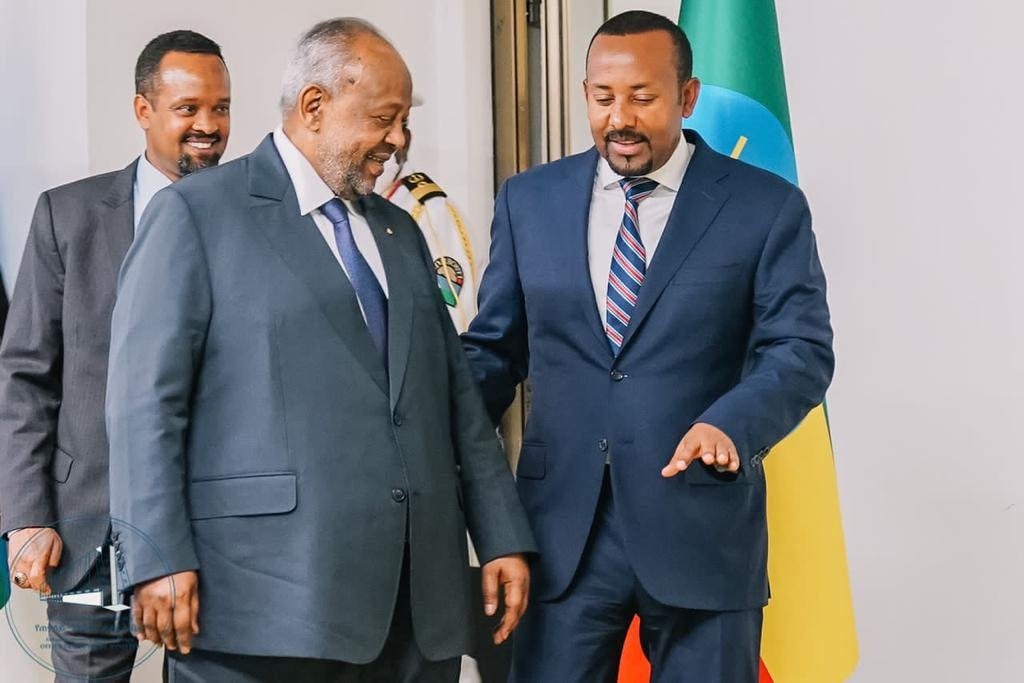Kenya’s war on HIV, TB and malaria faces setback as funding drops sharply

The allocation for Global Fund-supported programmes has been slashed from Sh28.7 billion in the current financial year ending June 30 to Sh17.3 billion in the 2025/26 financial year.
A nearly 40 per cent cut in government funding for Global Fund-backed health programmes is threatening to undermine Kenya’s fight against HIV, TB, and malaria, as donor support also declines amid shifting foreign policies.
The allocation for Global Fund-supported programmes has been slashed from Sh28.7 billion in the current financial year ending June 30 to Sh17.3 billion in the 2025/26 financial year, a move that health experts warn could reverse hard-won gains in the fight against these three major diseases.
More To Read
- Taking down malaria’s bodyguards: Scientists target parasite’s secret defence system
- From hope to despair: HIV patients left behind by Kenya’s health transition
- Male circumcision is made easier by a clever South African invention - we trained healthcare workers to use it
- 'We feel forgotten': People living with HIV decry stigma as US aid cuts bite
- Kenya sees alarming rise in HIV infections after years of decline
- How Kenya's adoption of single-dose HPV vaccine could boost fight against cervical cancer
“To lower the number of HIV/AIDS, malaria, and tuberculosis cases, I have proposed Sh17.3 billion for the Global Fund,” Treasury Cabinet Secretary John Mbadi said while delivering the 2025/26 budget statement.
The cut comes at a time when Kenya is grappling with one of the highest disease burdens in sub-Saharan Africa and growing pressure to sustain its health systems amid shrinking donor support.
Since its establishment in 2002, the Global Fund to Fight AIDS, tuberculosis and malaria has disbursed over $2 billion to Kenya.
These funds have been used to purchase antiretroviral (ARV) drugs, TB and malaria medications, distribute mosquito nets, provide diagnostic tools, train healthcare workers, and run outreach programmes targeting vulnerable populations.
ARV treatment
Despite the support, Kenya remains among the top 15 countries globally with the highest burden of HIV and tuberculosis. More than 1.3 million Kenyans depend on free ARV treatment, while the country continues to report over 36,000 new HIV infections annually.
The 2022 Kenya HIV Estimates Report shows that HIV prevalence stands at four per cent among adults aged 15 to 49. However, the rate exceeds 15 per cent in certain counties such as Homa Bay, Kisumu, and Siaya.
Tuberculosis remains a critical challenge, with an incidence rate of 251 per 100,000 people, translating to more than 80,000 new cases annually, many of which go undiagnosed or untreated.
Though malaria is more geographically concentrated, its impact is widespread. National prevalence is six per cent, but some areas around Lake Victoria record transmission rates exceeding 19 per cent.
The situation has been compounded by an executive order issued in early 2025 by US President Donald Trump, which froze all USAid disbursements, including the President’s Emergency Plan for AIDS Relief (PEPFAR), Kenya’s largest HIV support programme.
The freeze has already caused disruptions in the supply of ARVs, raising concerns about treatment continuity for millions of Kenyans living with HIV.
With both domestic and external funding in jeopardy, health sector stakeholders warn that the twin shock could halt progress, increase infection rates, and worsen mortality unless urgent action is taken to restore funding and stabilise critical health services.
Top Stories Today
